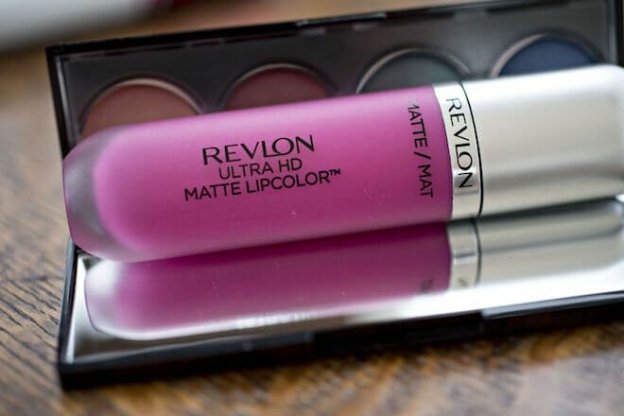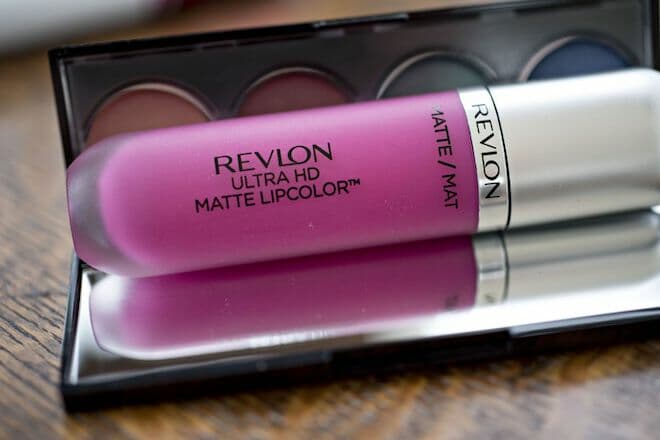
For generations of women, Revlon’s red Fire & Ice introduced in 1952, was the go-to lipstick shade on a Saturday night. In the 70s, they spritzed Charlie perfume on their wrists, and when the supermodel Cindy Crawford showed up in ads wearing Raisin Rage in the 1990s, millions of women snapped up brown lipstick shades.
The company’s products have found their way into the everyday lives of individual customers and onto the shelves (digital or physical) of major retailers across the world. Though best known for their makeup, they eventually diversified their lines to a startling range of hair colouring kits, deodorants, and fragrances for both men and women globally.
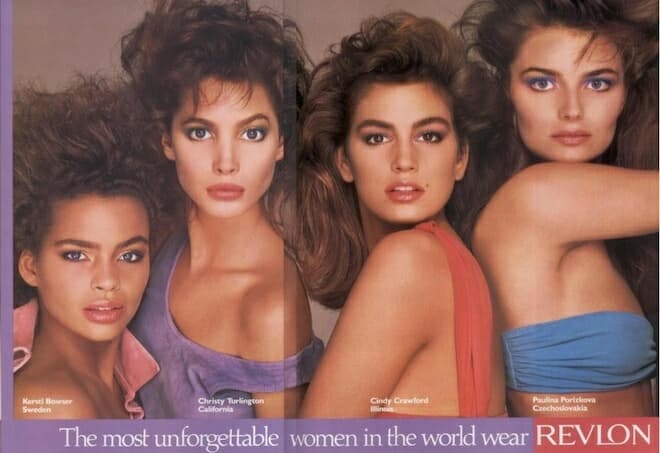
For much of its 90 years, Revlon was a leading cosmetic empire. The cosmetics company’s roots stretch back to its 1932 nail polish launch by Charles Lachman and brothers Charles and Joseph Revson. The Golden Era for the company came in the 1980s with its “Most Unforgettable Women in the World” campaign, shot by the famed photographer Richard Avedon and featured many supermodels of the era, including Cindy Crawford, Claudia Schiffer, Iman and Christy Turlington.
However, in recent decades, the company has struggled with enormous debt and competition from new generations of cosmetic brands. On 16 June 2022, Revlon filed for Chapter 11 bankruptcy protection, its financial statements awash in red ink.
- READ MORE: Cirque du Soleil May File For Bankruptcy
The Start of Revlon’s Downfall

Chapter 11 is a form of bankruptcy involving a reorganisation of a debtor’s business affair, debt, and assets. It allows Revlon to strategically reorganise its legacy capital structure and improve its long-term outlook, especially amid liquidity constraints brought on by continued global challenges.
The company, which incurred US$3.8 billion in debt along with a staggering 5,700 employees, has been floundering for some time. In June 2016 — to diversify and shore up its business — Revlon acquired Elizabeth Arden in an acquisition funded largely by debt. But the company’s sales lagged over the years due to the fall in demand and lack of innovation and fell 22 per cent from its 2017 levels.
Business of Fashion then confirmed that “its annual interest expense was nearly US$248 million last year, and it reported US$132 million of liquidity as of March 31”. The publication made a note of a call back in May with Chief Executive Officer Debra Perelman, where she acknowledged the company’s decline and expressed the inability to meet product demand with inflation at an all-time high and the trouble with securing a reliable supplier.

When Revlon filed for bankruptcy, it cited complications with its supply chain as a host of complications. Vendors that traditionally offered up to 75 days for payment began demanding cash in advance of new orders, while labour shortages and inflation added to its troubles.
“For example, one tube of Revlon lipstick requires 35 to 40 raw materials and component parts, each of which is critical to bringing the product to market,” stated Revlon’s Chief Restructuring Officer Robert Caruso. With shortages of necessary ingredients across the company’s portfolio, competition for any available materials is steep.
The company also made headlines two years ago when Citigroup Inc (C.N) accidentally sent nearly US$900 million of its own money to Revlon’s lenders, resulting in an ongoing litigation over ownership of the US$500 million not returned by recipients.
The following chain of catastrophes resulted in a record-breaking drop as Revlon’s stock plummeted by 46 per cent on Friday, June 10. As of today, the company’s stock now stands at US$5.10 per share.
Inability to Keep Up With The Times
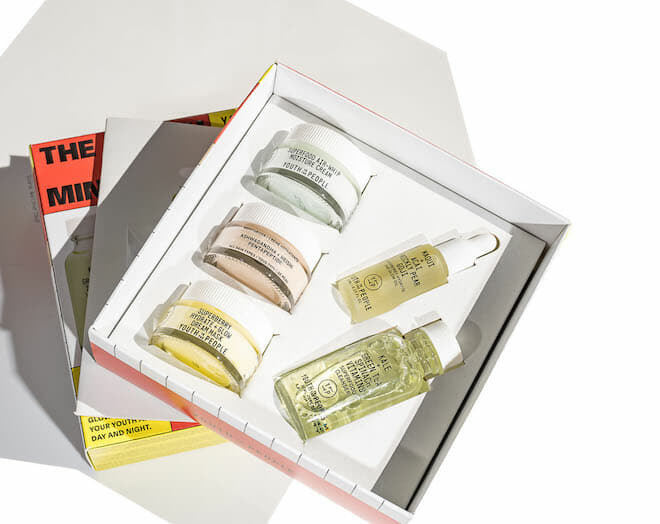
Revlon isn’t the only legacy makeup brand struggling to return to its former glory. As a brand that started well before the current booming internet era, its business model has relied heavily on retail stores and spaces in physical retailers like Walmart.
As with all brick-and-mortar retail, it’s been a constant battle to keep up with upstart, online-first brands. This is particularly true in the cosmetics space, which sees a rise in the creation of niche and celebrity brands like Kylie Skin, Fenty Beauty and Youth to the People.
Aside from this, Revlon’s hesitance to make use of new online platforms and tech such as TikTok and the Metaverse, robbed them of the opportunity to revive their old products and go viral online. For example, Esteé Lauder, who partnered with Decentraland’s Metaverse Fashion Week in March, offered users free, wearable Advanced Night Repair NFTs to enhance their avatar’s skin generated a lot of publicity. Esteé Lauder and Clinique’s products have also gone viral on Tiktok. With its US$75 Advanced Night Repair serum, Esteé Lauder managed to attract a customer who’s been alive for less than a quarter of the company’s 76-year existence while Maybelline’s Sky High Mascara and Clinique’s Black Honey lipstick — which debuted in 1971 — went viral on the platform, quickly selling out on brand sites and retail stores.
READ MORE: The Beauty of the Metaverse is Creation and Cash
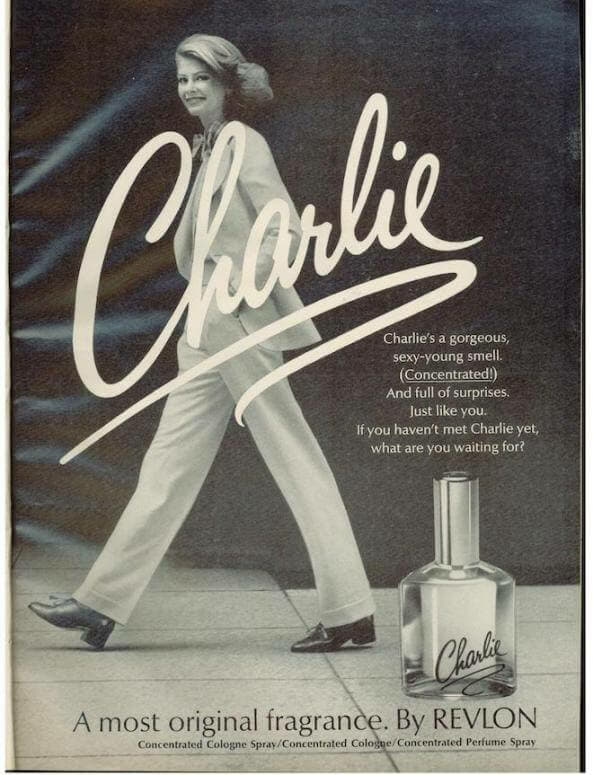
“They’re putting these old school products into new school modes of communication and digital commerce,” said Korrine Wolfmeyer, Senior Research Analyst at Piper Sandler. It allows brands to connect and interact with their new target demographic: the Gen Zs. Young people also love nostalgia — and Revlon has an opportunity to tap into that.
Revlon could go back to its DNA with its classic perfume, Charlie. The fragrance changed the perfume industry when it came out in 1973 since it was the first perfume marketed to women as a gift they could buy for themselves (rather than something that a man bought for a woman). “That was Revlon as an innovator, changing the way women thought about themselves. People love stories, and they love stories that circle back and then are relevant today,” Marie Driscoll shares.
The Future For Revlon and Beauty Brands
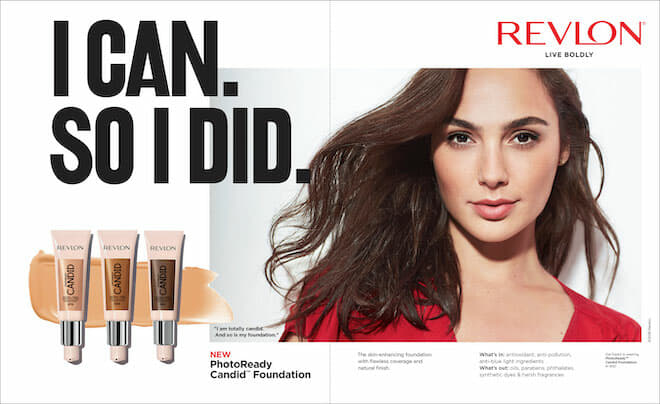
The term “bankruptcy” often leads to thoughts of a business closing down entirely and ceasing to exist. This can be the case under some circumstances but Chapter 11 bankruptcy is specifically designed to keep a company operational.
“Revlon could use its time in bankruptcy proceedings to prune its portfolio, given it owns numerous brands, some of which are performing better than others,” said David Silverman, a retail senior director at Fitch Ratings. “If executed effectively, Revlon could emerge from bankruptcy with a cleaner balance sheet and a better operating profile, improving longer-term business prospects,” he continued.
The collapse of Revlon’s finances follows a downturn for the beauty sector during the height of the coronavirus pandemic, while the group has been hit this year by ingredients shortages and steep cost rises. Sales had continued to lag pre-pandemic levels. Traditional beauty brands have also struggled to fight back against online start-ups, niche brands and celebrity brands, driving them to look for more innovative techniques and products to entice their target demographic and revive the beauty industry.
For more business of luxury reads, click here.
